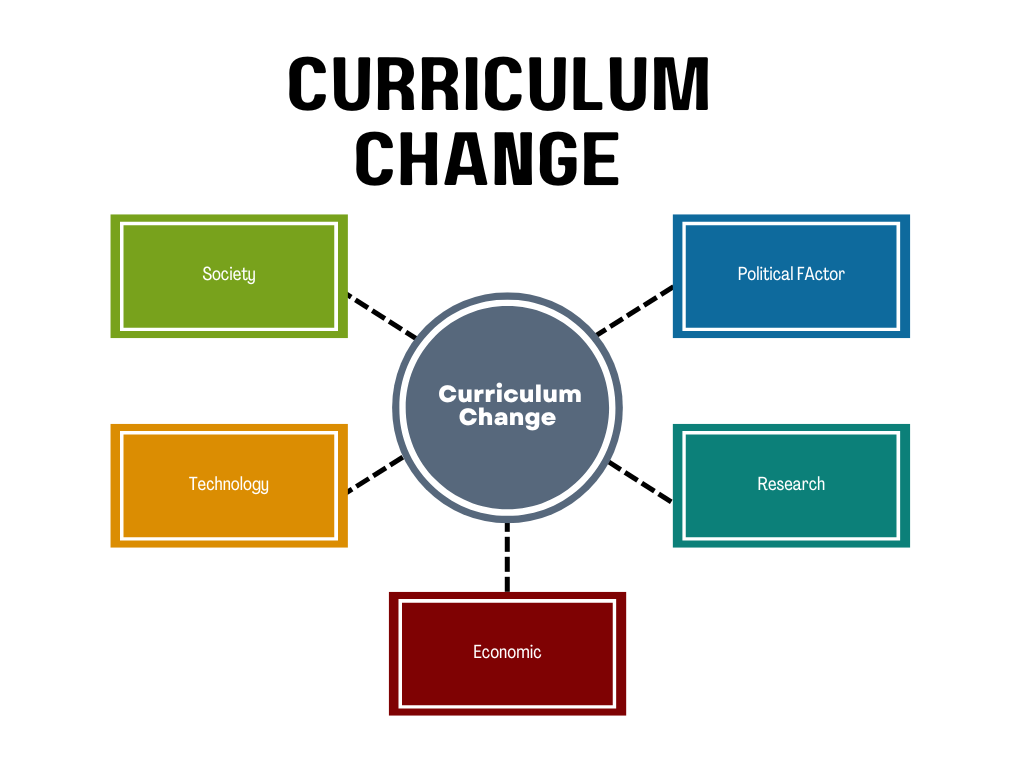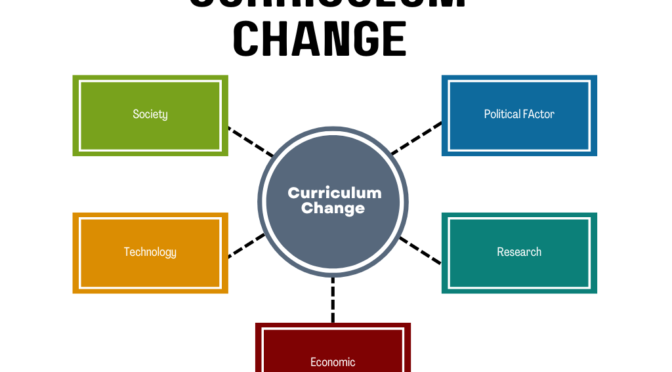There are various factors that can influence curriculum change, including:
- Societal Changes: Changes in society’s values, beliefs, and expectations can prompt curriculum changes. For example, the increasing importance of technology in our daily lives has led to a greater emphasis on STEM (Science, Technology, Engineering, and Mathematics) education in school curriculums.
- Technological Advances: Advancements in technology can also influence curriculum changes. For example, the widespread availability of digital learning tools and online resources has led to a greater focus on blended learning and personalized instruction.
- Globalization: The increasing interconnectedness of the world has led to a greater emphasis on global education and cultural competency in school curriculums.
- Economic Factors: Economic factors such as changes in job markets, workforce needs, and funding can also impact curriculum changes. For example, a shift towards more service-oriented jobs may prompt a greater emphasis on vocational training in schools.
- Research and Development: Advances in educational research and development can also influence curriculum changes. For example, new research on how students learn and retain information may lead to changes in teaching methods and curriculum design.
- Political Factors: Political factors such as changes in education policy and government funding can also impact curriculum changes. For example, changes in government leadership or policies may result in changes to education funding or mandates for certain subject areas.
Also Visit: Prep with Harshita
Overall, curriculum change is a complex process that is influenced by a variety of factors. Sometimes, the factor influencing curriculum change are many. Multiple stakeholders, including educators, policymakers, and community members, work together to create a curriculum that meets the needs of students and prepares them for the future.


